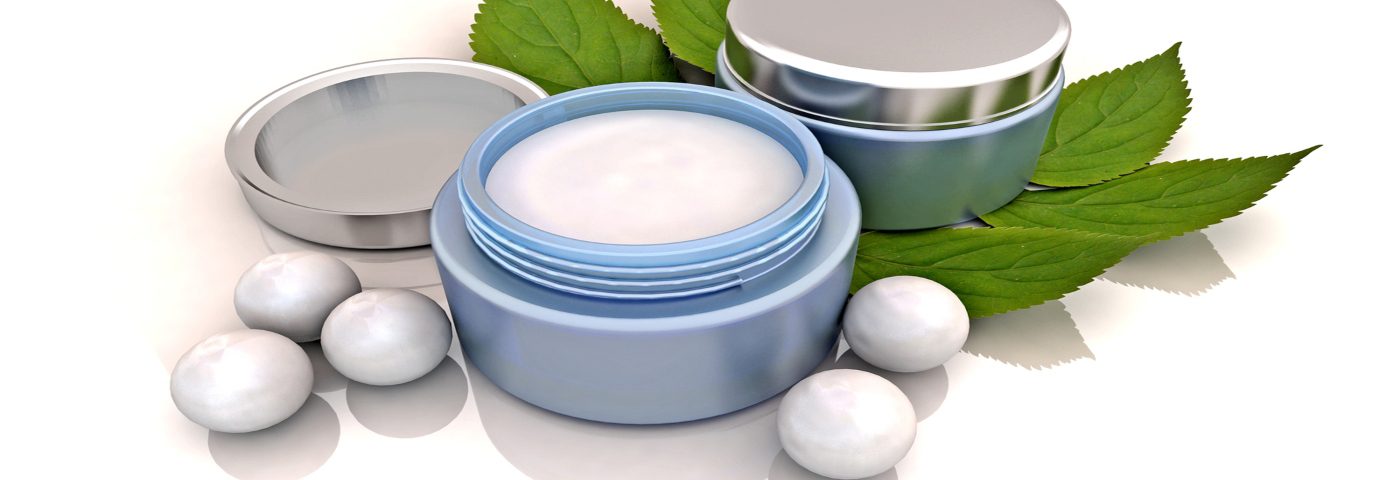By Barbara Olioso, MRSC, The Green Chemist Consultancy
We live in interesting times, and are facing uncertainty and the need to adapt to different working and living conditions. As a result of the pandemic, many of us feel closer to nature in a way or another, and this has led to an increase in environmental awareness.
This awareness can mean different things to different people. However for us scientists and professionals within the industry, green chemistry provides a useful and unifying tool that can adapt to the changing needs of our industry.
It provides clear and objective criteria, such as the so-called 12 principles, that can guide us in the use of supply chains for cosmetics, from sourcing renewable ingredients, to the chemical processes involved, as well as the “end of life” issues for such ingredients or products.
Technologies that follow such criteria will be key in driving necessary innovation within the industry, in order to replace ingredients with a nice performance but with a not so nice end of life.
It is quite a difficult sell to propose an alternative that is a downgrade, with regards to performance , “just” to save the environment.
We therefore need to aim for something that is at least an equivalent and even better. Sometimes this requires the addition of education to explain different sensorial performances, as with, for example, biodegradable cationics, which have a very different texture in comparison to CTAC, but yet still condition the hair very well.
When it comes to performance, in a way the old chemistry ingredients are a great inspiration and have helped understand what we do not want in terms of their end of life effects on the environment.
There is a lot of very interesting green innovation happening at the moment, not just in cosmetics, but also with packaging, another key element of our industry; there are quite a few bio based emollients with similar performance to silicones, in terms of refractive index, texture and shine. I see more of these products making their way to the marketplace.
The problem of microplastics continues to be under scrutiny and, hopefully, soon there will be stringent regulatory revision to their persistence in the environment. As a result, biobased rheology modifiers are destined to become more and more popular – even though there is still room to improve on the texture side of things depending on the application.
UV filters are another area of great potential innovation. Chemical filters are becoming more and more controversial because of their impact on sea life, whereas mineral sun filters can be uncomfortable to wear depending on their particle size. At the moment there are a few green chemistry UV boosters that allow a lower percentage of UV filters, therefore providing a more elegant texture.
I believe end of life, therefore biodegradability, photodegradation (if that is really an effective mechanism), aquatic toxicity, and bioaccumulation, are so important in order to reduce water pollution and to give consumers confidence in cosmetics. There are validated methods made available by OECD, whose results may be found on safety data sheets. However, there is still lots of work to do to develop methods suitable for all types of molecules and environments or conditions, especially for the evaluation of UV filter’s impact on marine life.
The development of testing methods, paired with strategic partnerships, is yet another area of great innovation potential, as this would allow the industry to measure environmental impact and potentially validate very interesting environmental claims.
For the last two years I have had the pleasure of moderating the sustainability corner at in-cosmetics Global. If you wish to know more about green chemistry and sustainability, come and visit this space to explore possibilities and meet raw materials suppliers who will share the results of their green chemistry efforts driving innovation in the industry.
Join Barbara at the Sustainability Corner at in-cosmetics Global in October
Biography:
Dr Barbara Olioso, MRSC and MSCS, is the founder of the Green Chemist Consultancy , specialising in green cosmetics development for over 20 years. She was behind the launch of the first organic eau de toilette back in 2005 at Primavera, now owned by Espa International. She loves working with new concepts to drive innovation and value to new brands as well as well established brands. She also trains online on organic certifications and cosmetic preservation with multifunctional ingredients. She has been moderating the Sustainability Corner at in-cosmetics Global since 2018.

